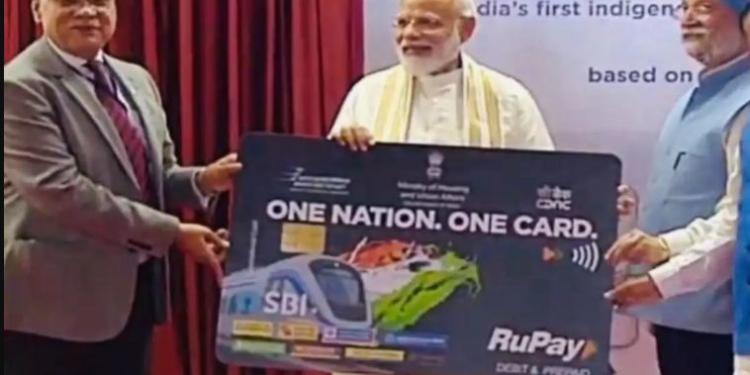After successful implementation of ‘one nation, one tax’, the government had come up with ‘one nation, one card’ for public transport last year. Under the scheme, one card could be used for various modes of transport. Many metro cities like London already have a system where you can buy one card and use it for travel in bus, metro, and suburban trains. “A robust transportation sector was the backbone for the development of any economy, especially for a densely populated developing country like India, and the focus of the nation’s mobility strategy was on sustainable modes of public transport, transport-oriented planning and digitization. The objective of the strategy is to plan for the citizens first, rather than focusing on vehicles alone, by providing sustainable mobility and accessibility by switching to cleaner mode of transportation,” Amitabh Kant, CEO of NITI Aayog had said at the Future Mobility Summit-2018-India’s Move to NextGen Transport Systems.
The first budget of the second term of Modi government is expected to set the tone for policymaking for the next five years. In her maiden budget speech, Finance Minister Nirmala Sitharaman has announced the National Common Mobility Card will enable people to pay multiple transportation charges across the country. “National Common Mobility will enable people to pay multiple transport charges across India. This card runs on RuPay card and allows users to pay bus charges, parking charges, etc,” said Sitharaman in her budget presentation.
On March this year, PM Modi launched the National Common Mobility Card (NCMC) to enable people to pay multiple kinds of transport charges, including metro services and toll tax, across the country. Called as ‘One Nation One Card’, the indigenously-developed inter-operable transport card would allow the holders to pay for bus travel, apart from toll taxes, parking charges, retail shopping and even withdraw money.
The pace of urbanization in India is one of the fastest in the world. While inter-city connectivity has become very good over the decades in the country, intra-city connectivity is still a major problem. Inter-city problem was solved By Vajpayee government through golden quadrilateral and national Highways scheme. The rural connectivity was also improved through Pradhan Mantri Gram Sadak Yojna. Connectivity through highways is among the best in the world. But India cannot grow fast enough until we solve the intra-city transportation system. Cities like Mumbai which still does not have a robust public transport system except the local trains. Mumbai has a very short Metro network which connects the central suburban railway to western suburban railway line. Metro network is still not widespread in the city. The traffic of Bangalore is the most famous aspect of the city except its acknowledgment as Information Technology hub.
The unprecedented movement of private vehicles has deteriorated the air quality of cities. But people are forced to use private vehicles due to lack of robust public transport system. The fossil fuels supported private vehicles also dent a huge amount of foreign exchange because India imports more than two third of its petroleum requirements. The government is planning to introduce a robust public transport ecosystem in India. “The citizens, on their part, should work towards sharing a ride, not owning the ride. The government has integrated many stake holders across departments to drive India’s mobility vision,” NITI Aayog’s Principal Advisor Anil Srivastava had said.
The focus to enhance intra-city connectivity and public transport will be helpful in the growth of cities. The country has been a reluctant urbanizer for decades. UPA government brought policies like MGNREGA to slow the process of urban migration. But the government’s philosophy is changed now. Urbanization is a natural course of development as the economy of the country grows, people want to live in cities where most of the opportunities are available. The positive outlook towards urbanization will help in the economic growth of the country and will also improve the quality of life in Indian cities. Public transport in the most crucial factor for the growth of cities and if the government could simplify the commuting process through ‘One Nation, One Card’ policy, it will great gift to people of the country.































